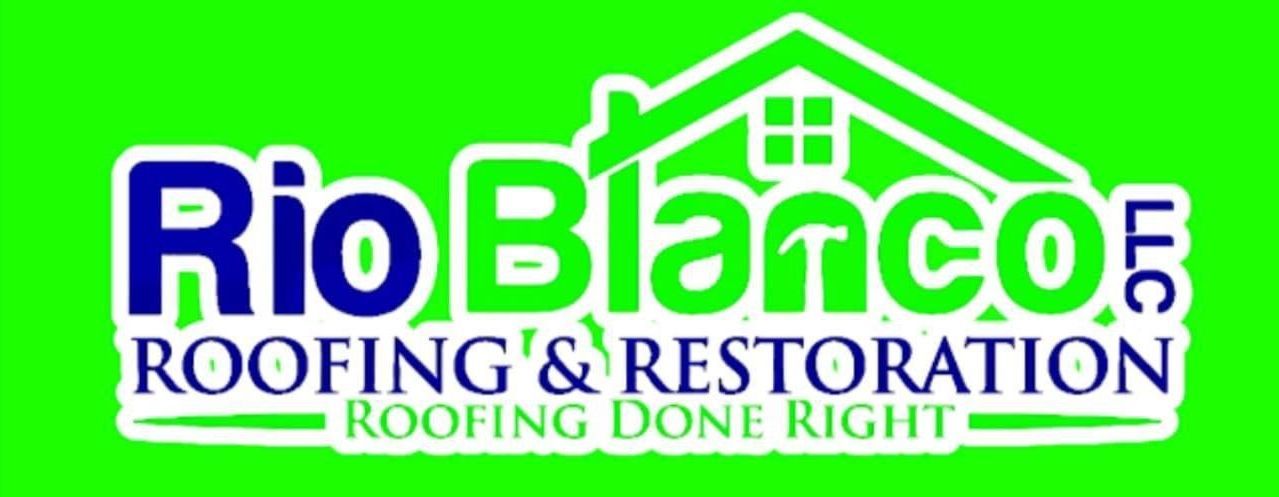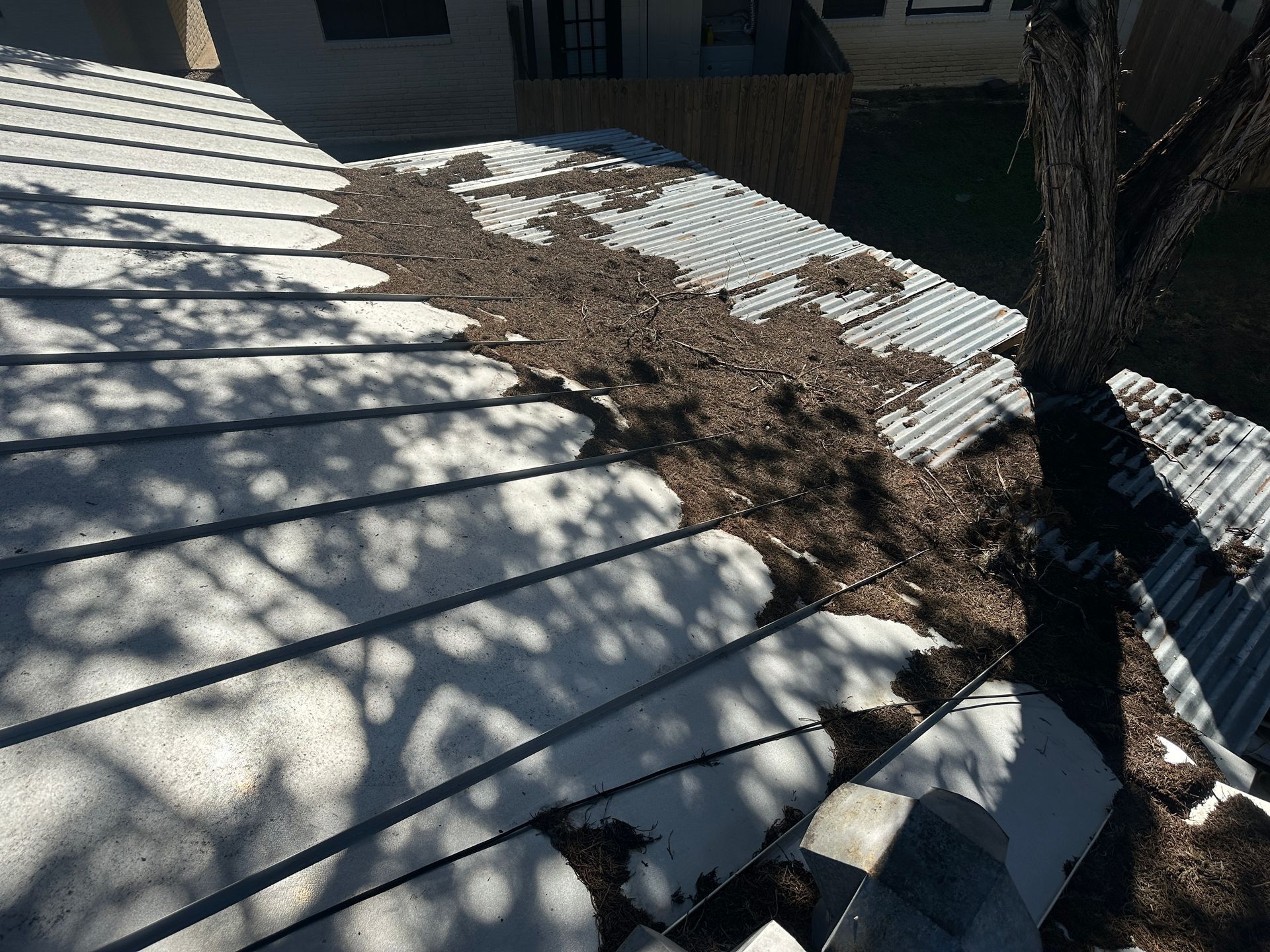The Importance of Proper Ventilation in Your Roofing System
When it comes to roofing, many homeowners focus on aesthetics and materials, but one crucial aspect often gets overlooked: proper ventilation. A well-ventilated roof is essential for maintaining the longevity and performance of your roofing system, as well as ensuring a comfortable living environment. In this blog post, we’ll explore the importance of proper ventilation, the benefits it provides, and how it contributes to the overall health of your home.
What is Roof Ventilation? Roof ventilation involves the systematic circulation of air in the attic space beneath your roof. It typically includes a combination of intake vents, located near the eaves, and exhaust vents, positioned at or near the ridge of the roof. This airflow helps regulate temperature and moisture levels in the attic, preventing a range of potential issues.
Benefits of Proper Roof Ventilation
1. Temperature Regulation Proper ventilation helps keep your attic cool in the summer and warm in the winter. In hot weather, excessive heat can build up in the attic, leading to increased energy costs as your air conditioning works harder to cool your home. In winter, poor ventilation can trap warm air, causing snow on the roof to melt and refreeze, which can lead to ice dams and roof damage.
2. Moisture Control Moisture buildup in the attic can lead to mold and mildew growth, which can compromise your indoor air quality and damage your roof structure. Proper ventilation allows humid air to escape, reducing the risk of condensation and moisture-related issues.
3. Extended Roof Lifespan A well-ventilated roof can significantly extend the life of your roofing materials. Excessive heat and moisture can cause shingles to deteriorate faster, leading to premature replacement. By maintaining proper airflow, you can protect your investment and prolong the lifespan of your roof.
4. Improved Energy Efficiency With effective ventilation, your home’s heating and cooling systems won’t have to work as hard to maintain a comfortable temperature. This can lead to lower energy bills and a reduced carbon footprint, making your home more energy-efficient and environmentally friendly.
5. Preventing Ice Dams In colder climates, improper ventilation can lead to the formation of ice dams, which occur when heat escapes from the attic and melts snow on the roof. The melted water can then refreeze at the eaves, causing water to back up under shingles and potentially leading to leaks. Proper ventilation helps to maintain a consistent temperature across the roof, reducing the likelihood of ice dams forming.
How to Ensure Proper Ventilation To ensure your roofing system has adequate ventilation, consider the following steps: - Consult a Professional: A roofing expert can assess your current ventilation system and recommend improvements if necessary. At Rio Blanco Roofing, our team is experienced in evaluating and optimizing roof ventilation. - Choose the Right Vents: There are various types of vents available, including ridge vents, soffit vents, and gable vents. A combination of intake and exhaust vents is essential for optimal airflow. - Regular Inspections: Periodically check your attic for signs of inadequate ventilation, such as excessive heat, moisture, or mold growth. Addressing issues early can prevent more significant problems down the line.
Conclusion
Proper ventilation is a vital component of a well-functioning roofing system. It helps regulate temperature, control moisture, extend the lifespan of your roof, and improve energy efficiency. If you’re unsure about your roof’s ventilation, don’t hesitate to reach out to the experts at Rio Blanco Roofing. We’re here to ensure your roof not only looks great but also performs at its best! Contact us today for a consultation and take the first step toward a healthier, more efficient home!



